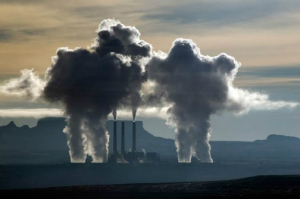GEO Urges EPA to Recognize Geothermal in U.S. Clean Air Act Rule
GEO Reasons Geothermal Among Most Clean, Renewable Energy Sources
The Geothermal Exchange Organization (GEO) is urging the U.S. Environmental Protection Agency (EPA) to include geothermal heat pumps and renewable thermal energy in its proposed U.S. Clean Air Act rule.

|
| “Efficient use of geothermal energy for heating and cooling produces Negawatts, the cheapest units of energy produced and consumed,” Dougherty says. Source: GEO |
Section 111(d) of the act aims to cut carbon pollution from existing power plants and the proposed rule allows flexibility in meeting the EPA’s desired national emissions reductions.
“GEO asks that another, logical step be taken by EPA and State clean air regulators,” says Doug Dougherty, GEO president and CEO. “Specifically recognize within the 111(d) Final Rulemaking the role that renewable thermal energy can play in avoiding production of megawatts generated by existing power plants — thus offsetting their carbon and other polluting emissions.”
The organization says geothermal heat pumps should be specified among the most effective renewable thermal energy technologies for accomplishing the act’s goal. Dougherty says geothermal technology is applicable in achieving the goal because of its unique efficiency and renewability in regards to heating and cooling.
“To ensure that the full potential of GHPs is realized toward the goal of carbon reductions, EPA must recognize that GHPs may increase electricity use, but at the same time replace heating and cooling systems that rely on natural gas, propane and fuel oil,” Dougherty says.
The end goal, according to GEO is to form a partnership with the EPA to cut pollution and to see the EPA’s final rulemaking include geothermal heat pumps as a utility compliance option for states.
To learn more, visit www.geoexchange.org.
Looking for a reprint of this article?
From high-res PDFs to custom plaques, order your copy today!



